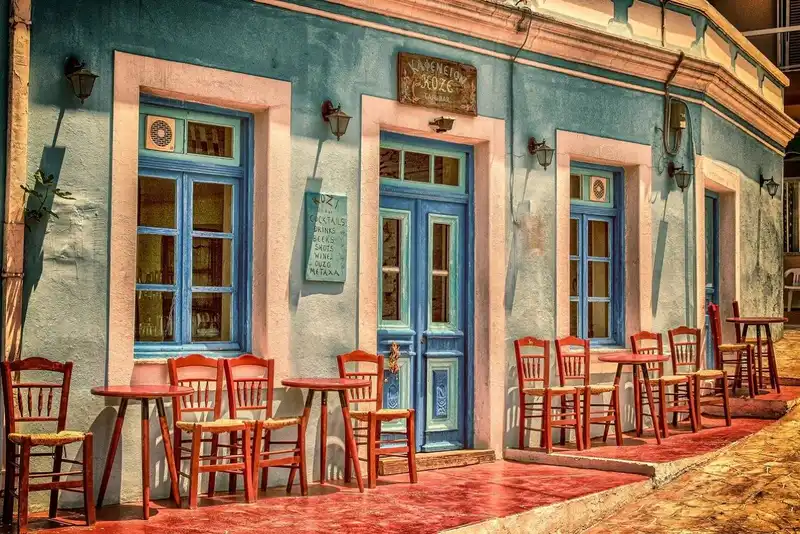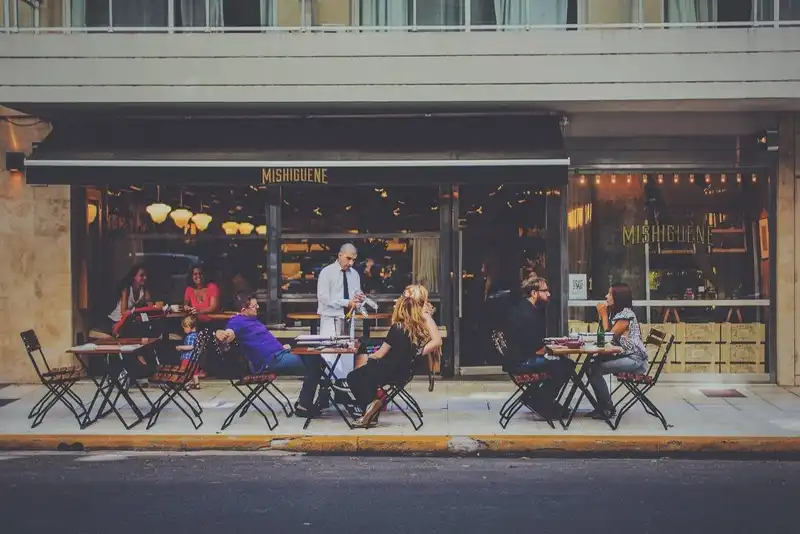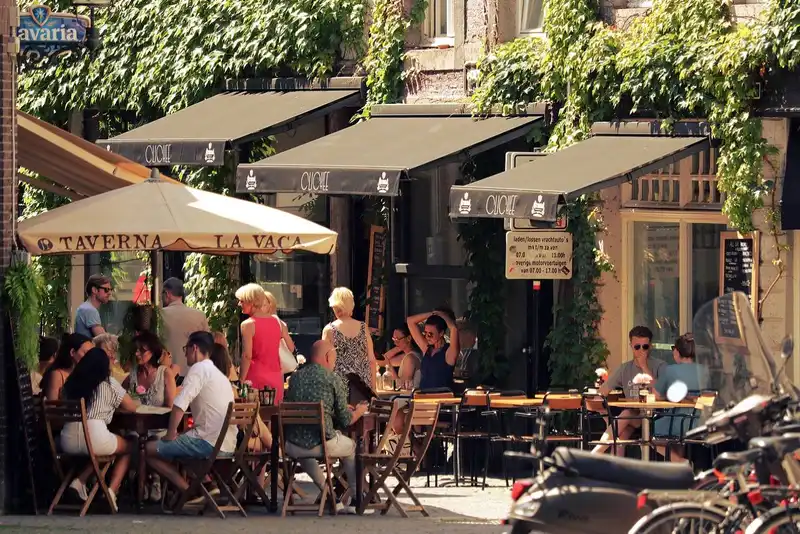Understanding the Cost Behind Restaurant Ownership

Restaurant Startup Costs

There are a lot of things to pay for when starting a restaurant. The questions are- What are the expenses related to starting a restaurant and how much will they cost? Let's take a look.
Below is the estimated startup cost of a 1,500 square foot restaurant. This assumes that you're buying the location of your restaurant. We'll do another calculation for when you're only renting.
I'm giving low, average, and high-end estimates. The low end would be a budget restaurant. High end would be a fine dining restaurant in a premium location.
Please take note that these are just estimates meant to give you an idea of how much money you need to start.
Estimated Restaurant Startup Cost (in US Dollars) - Buying the location-
| Cost Item | Low-End Cost | Average Cost | High-End Cost |
| Location | $150,000 | $675,000 | $1,200,000 |
| Restaurant Interior & Exterior | $21,000 | $230,500 | $440,000 |
| Pre-Opening Expenses & Marketing | $20,000 | $87,500 | $155,000 |
| Contingency Capital | $20,000 | $135,000 | $250,000 |
| Licensing & Fees | $2,500 | $102,500 | $200,000 |
| Technology | $1,500 | $3,250 | $5,000 |
| Startup Cost | USD $215,000 | USD $1,233,750 | USD $2,250,000 |
| Cost Item | Low-End Cost | Average Cost | High-End Cost |
| Location | $37,500 | $93,750 | $150,000 |
| Restaurant Interior & Exterior | $21,000 | $230,500 | $440,000 |
| Pre-opening Expenses & Marketing | $20,000 | $87,500 | $155,000 |
| Contingency Capital | $20,000 | $135,000 | $250,000 |
| Licenses and Fees | $2,500 | $102,500 | $200,000 |
| Technology | $1,500 | $3,250 | $5,000 |
| Startup Cost | USD $102,500 | USD $652,500 | USD $1,200,000 |
Startup Cost Item Breakdown

Let us look at these cost items in more detail-
Location
When considering location there are three important factors-
- You want a place with excellent foot traffic; or vehicle traffic if you have a drive-through.
- You want a location that can be seen from far off so that people know that your restaurant exists.
- You want your restaurant to be located in a place that your target clientele frequents.
The more a location satisfies these three requirements, the more expensive it is likely to be. You can either buy a location or rent one.
The cost calculation used for the low, average, and high end 1,500 square foot restaurant in the table above was done by assuming $100 per square feet for the low end, $450 per square feet for the average, and $800 per square feet for the high-end establishment.
Rental is calculated at $25 per square feet for the low end, $62.50 per square feet for the average, and $100 per square feet for the high-end.
Restaurant Interior
Chairs, tables, carpets, AC and sound system, and all the other things necessary for your restaurant to have the right atmosphere for your diners.
Restaurant Exterior
In order for patrons to enjoy the inside of your restaurant, they have to be enticed to enter. This cost factor involves everything from painting to construction work on the facade and exterior areas of your restaurant.
Pre-opening Expenses
Pre-opening expenses include staff training and your beginning inventory. Beginning inventory includes plates, glasses, cutlery, and let's not forget the food.
Marketing
This is optional for lower-end restaurants. Here are possible marketing cost in increasing order of expense-
- Home-made signage
- Facebook and other social media pages
- Flyers
- Professional signage
- News coverage
- Paid advertisements
- Hiring a marketing firm to launch a campaign
Contingency Capital
It is only natural for a new restaurant to experience false starts and rough business days as it grows into a profitable business. It also takes time to build up a regular clientele.
Perhaps some adjustments have to be made here and there that will incur costs. For these kinds of situations, it is good to prepare money on hand - also known as contingency capital.
Licenses and Fees
Under this are costly paperwork such as insurance, permits, and other fees.
Technology
Basic technology will include a POS and the ability to process credit card payments. You might also want to invest in a website, a basic accounting system, and restaurant-specific software.
Restaurant Operating Costs

The most important metric for your restaurant is Sales. The amount of money you should spend in the day-to-day running of your restaurant must always be a percentage of sales.
Looking at the table below, if your restaurant is making $1 million dollars a year in sales or revenue, your Labor costs must be no more than 28% of that amount or $280,000 a year.
Operating Cost as a Percentage of Sales-
| Cost Factor | % of Sales |
| Food | 30% |
| Labor | 28% |
| Equipment | 3% |
| Rent | 8% |
| Utilities | 5% |
| Total | 74% |
Utility expenses for your restaurant include-
- Gas
- Electricity
- Water
- Phone
- Internet - it's not advisable to build a restaurant in the 21st century without free wifi.
As you can see, if you follow the percentages above you, will have 26% of revenues left over. This money will be used to pay taxes, buy new equipment or for expansion, and, of course, as profit
The problem arises if the percentages above aren't quite enough. Here are your options-
- Reimagine or adjust the menu in order to cut out the more expensive ingredients.
- Buy ingredients in bulk.
- Save on labor by multi-tasking. For example, waiters could also be greeters.
- Invest in new energy-saving equipment to cut back on utility costs.
- Investing in new restaurant technologies focused on cutting costs.
The other way is to increase sales, not just cut costs. At this point you may want to consider getting a business loan.
Key Takeaways
- Restaurant costs can be divided into startup costs and operating costs.
- The single biggest impact on startup costs will revolve on whether you will buy your location or rent a location.
- Other than location, other factors that will impact startup costs will be pre-opening expenses, exterior and interior construction costs, marketing, technology, fees, and the amount of money on hand you should have for contingencies.
- The operating expenses of your restaurant should always be budgeted as a percentage of total sales in order for you to ensure that your restaurant continues as a going concern.
- There are several ways in which you can cut down on expenses such as changing your menu, buying food in bulk, allowing your workforce to multi-task, or investing in cost saving equipment and technologies.
- You can also increase sales by reinvesting in your restaurant. One way to do this is by taking out a business loan.